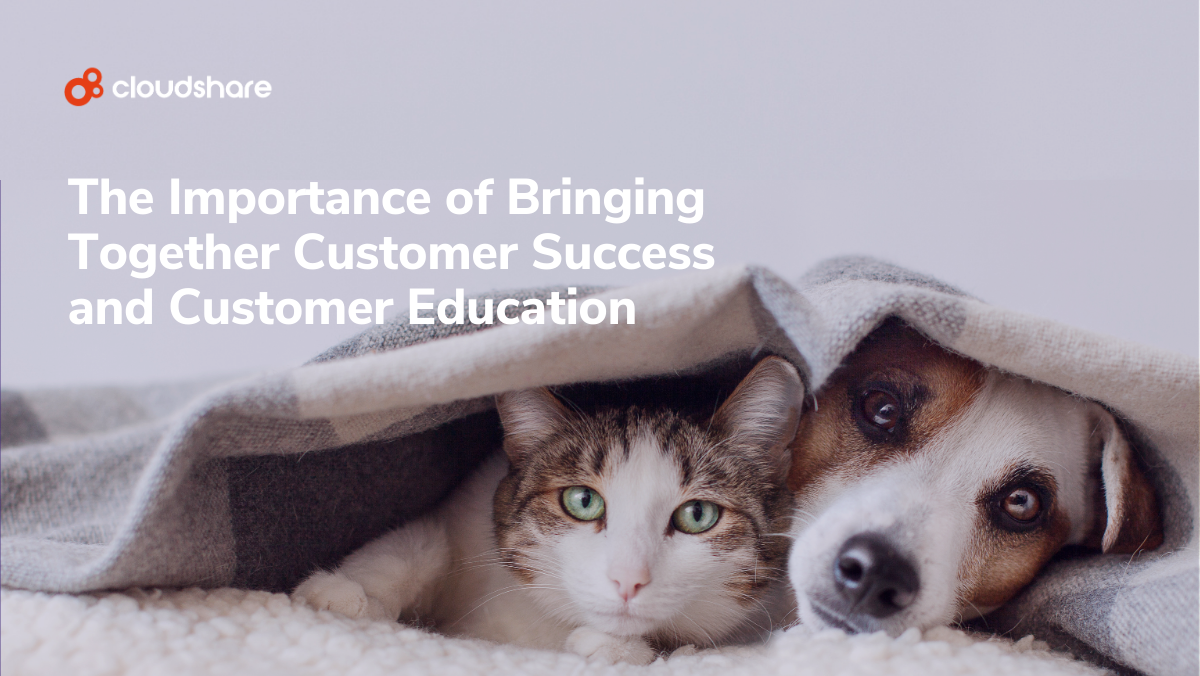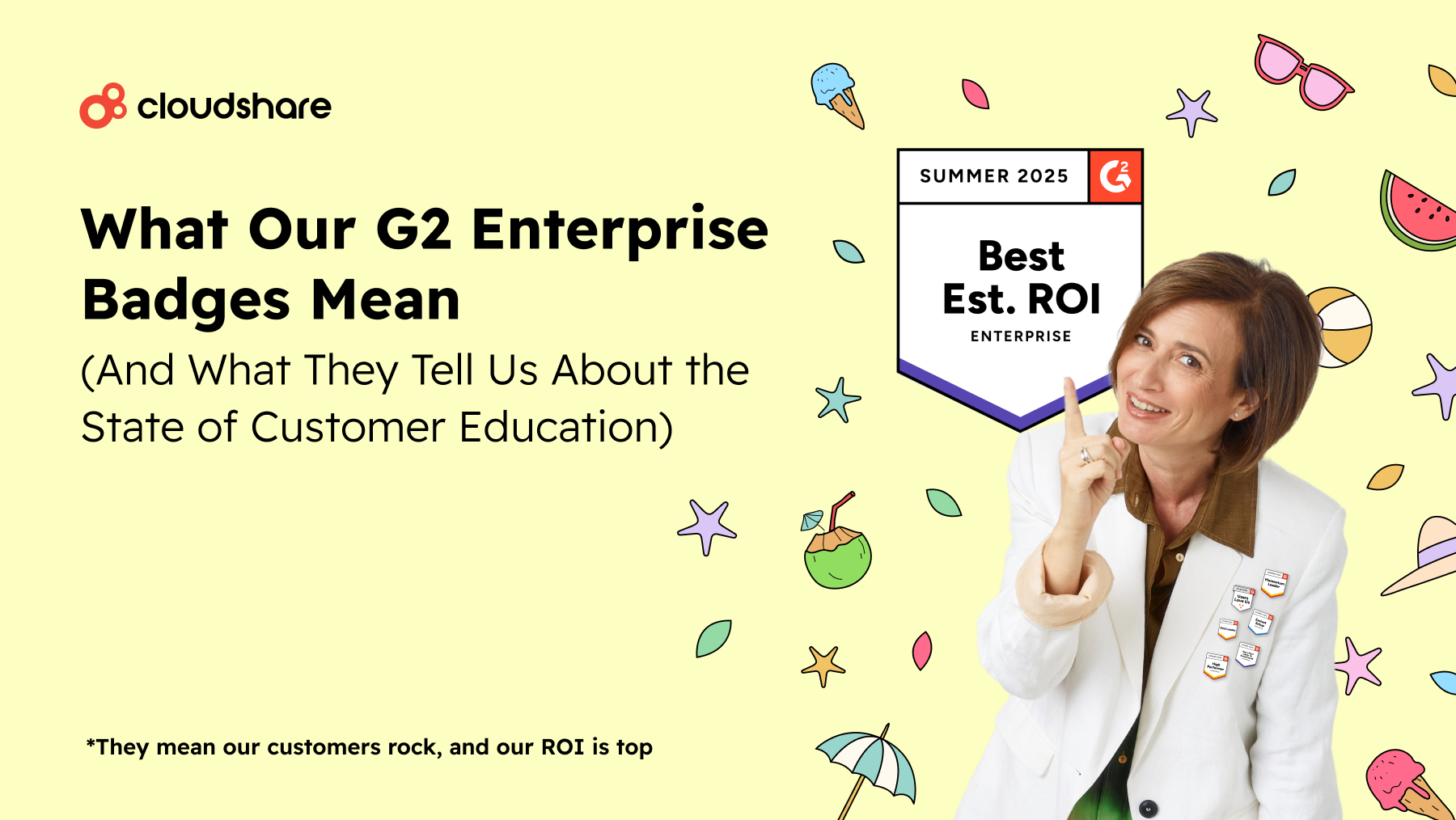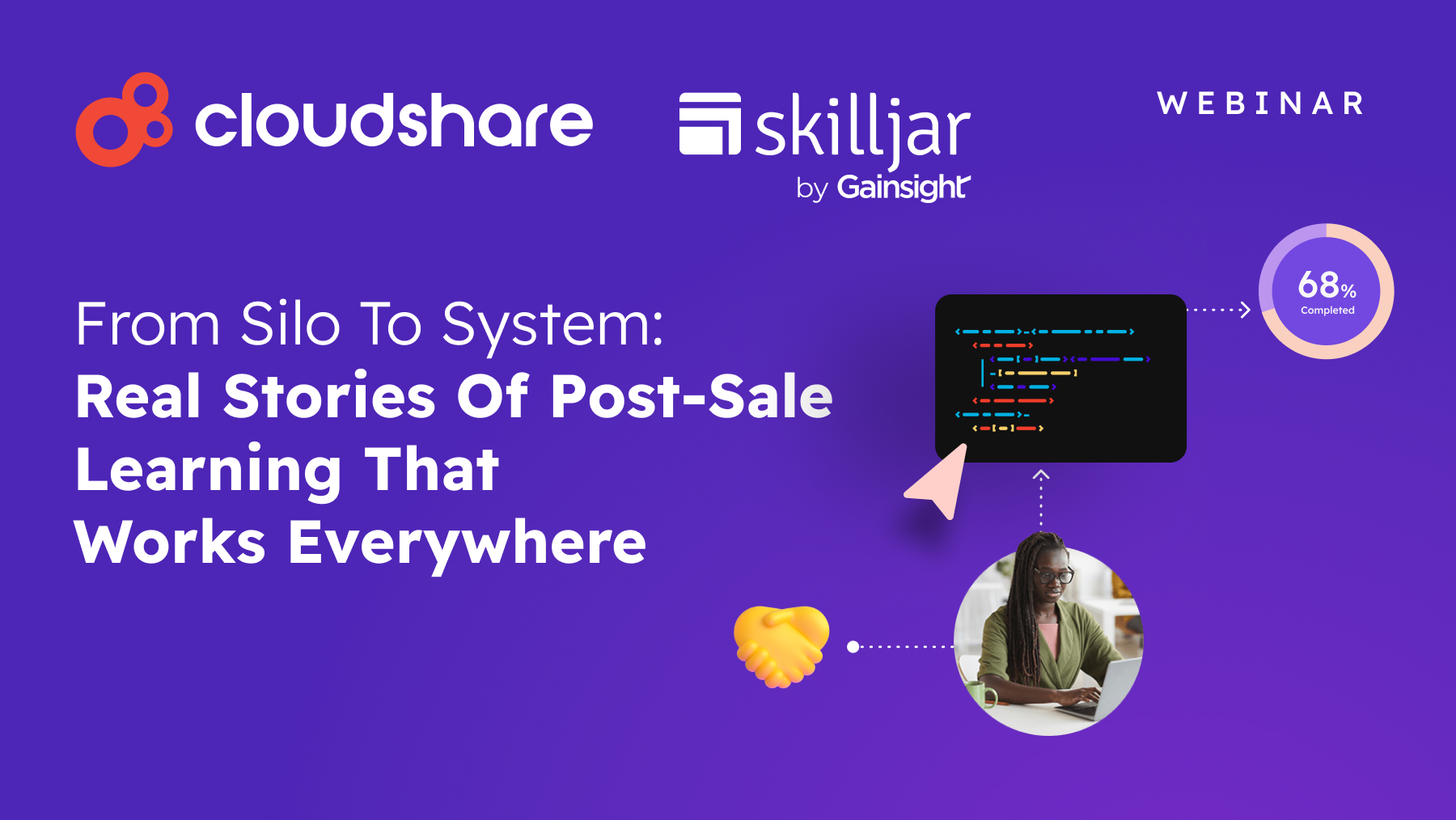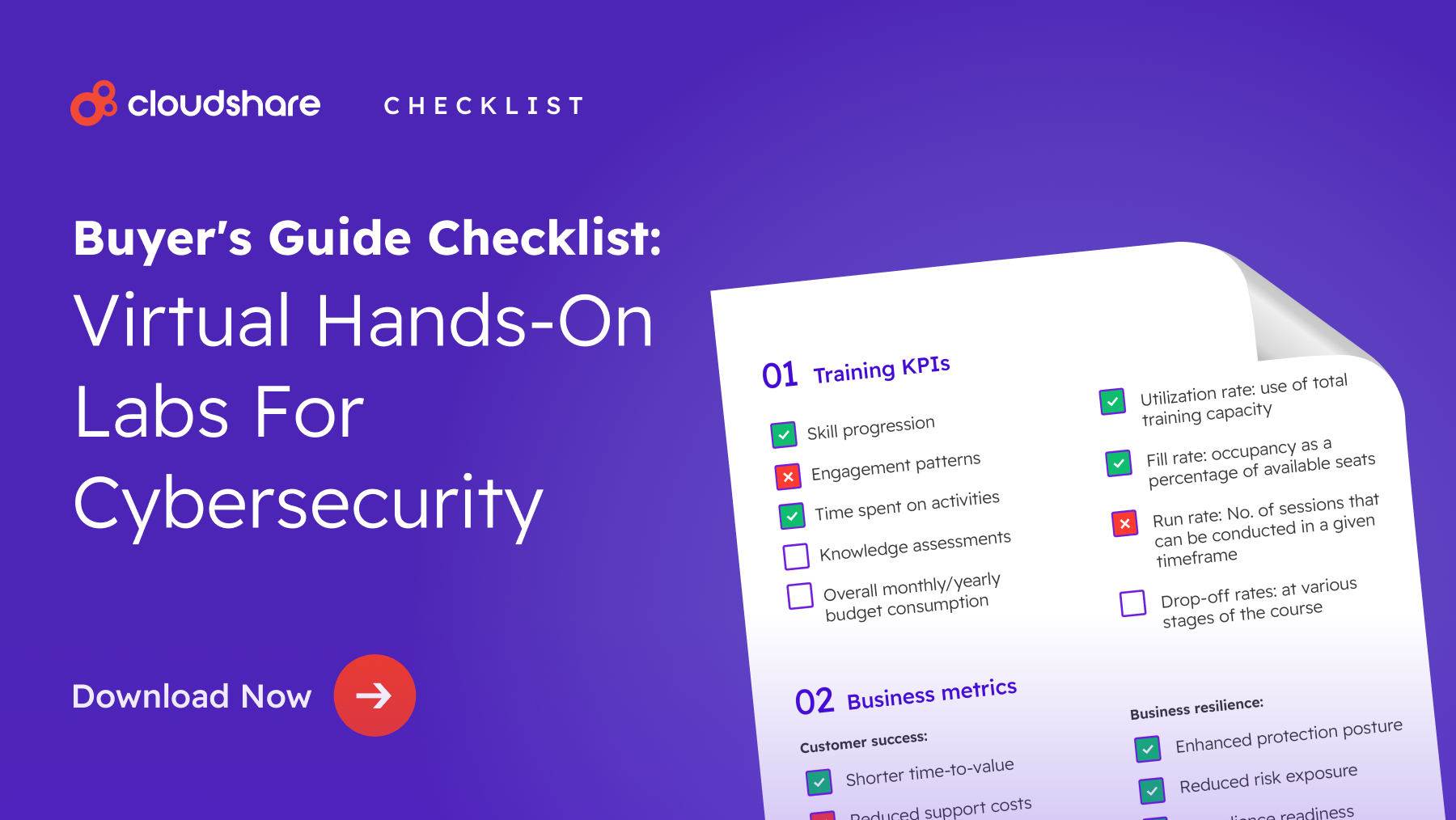
Presumably, you want your customers to succeed — and you want your software to be a part of that success. That means doing everything in your power to ensure that you proactively address any problems and answer any questions they might have where your software is concerned. It means going beyond customer support and embracing customer success.
We’ll discuss what customer success actually entails before examining why a customer education program is the best way to pursue it.
What is Customer Success?
Customer success is a business strategy that builds relationships with your customers by ensuring they have the best experience possible. This means not only ensuring they gain the maximum value from using your software but also ensuring that using said software is entirely frictionless. It also means anticipating potential problems and challenges so that they can be addressed before they impede a customer’s progress.
When executed effectively, a customer success program can:
- Reduce customer churn by building loyalty and trust.
- Improve customer satisfaction.
- Potentially draw in new customers through word of mouth.
- Help a business learn more about its people and products through candid feedback.
Fulfilling Customer Success Goals Through Education
One of the core objectives of customer success involves maximizing the value customers get out of a product or service. Customer success also seeks to improve customer satisfaction, cultivate trust, and reduce churn. It just so happens that customer education helps to achieve all of these objectives.
First, we’ve known for over a decade that customer education increases trust in both product and brand. Educated customers also tend to be significantly more satisfied, finding it easier to enjoy the full benefits of using your software. This improved satisfaction and increased value consequently make customers far less likely to abandon your software for a competitor’s, thereby reducing churn.
Customer education also helps reduce the workload of your support team, ensuring they’re free and available to assist with the highest-priority support requests. General benefits aside, there are a few additional benefits to leveraging customer education as a customer success strategy:
A Demonstrable Return on Investment
If a customer doesn’t feel they’re getting their money’s worth out of your software, they’ll stop using it. Customer education helps to ensure that this doesn’t happen. Instead, training materials provided by your organization make it easy for people to adopt and fully embrace your software. When the time comes to review their budget, leadership will be able to clearly see your software’s ROI — and as a result, they’ll be much more likely to support its continued use.
This works both ways. Your customer success team will be able to point to reduced churn and increased customer satisfaction as evidence of its own ROI, as well.
Insights into the Customer Experience
You can learn a lot about what you’re doing wrong from a negative review. However, you can learn even more by listening to an engaged, loyal customer who genuinely wants your business to succeed. Customer education helps your business cultivate those champions by showing customers everything there is to love about your software. More importantly, it arms them with the right language to describe their suggestions and ideas for potential improvements.
That, in turn, even further amplifies their loyalty, as now they’re no longer simply a customer — they’re akin to a partner helping you develop your software.
Counter Arguments for Competitors
In the crowded software industry, your company will inevitably have to deal with competitors attempting to poach customers. Your own sales team is likely doing the same. An effective customer education program can actually help shield you against this tactic.
An educated customer who fully understands the ins and outs of your software may be less likely to jump ship to a competitor. They’ll know all the ways your product outclasses the competition — and all the reasons it’s a better fit for their company.
Using Customer Education Metrics for Customer Success
Just as there’s a great deal of overlap between objectives and outcomes, customer education and customer success focus on many of the same metrics and KPIs, including, but not limited to:
- Net Promoter Score (NPS), which evaluates how likely a customer is to recommend your software to others.
- Customer Satisfaction (CSAT) Score, which assesses how satisfied customers are with your software.
- Churn and Retention Rate, which respectively measure how many customers you’ve lost and how many you’ve retained over a set timeframe.
- Time to First Value, which measures how quickly customers reach product adoption during/after onboarding.
Customer Education and Customer Success: Two Sides of the Same Coin
The core objective of customer success is simple — to ensure that your customers get the absolute most out of their relationship with your business and their use of your software. Customer education plays a critical role in fulfilling that objective. A well-designed education program provides customers with the necessary knowledge and proficiencies to go from adoption through to excellence.
Want to learn more? Book a demo to see how CloudShare can help your business design and support such a program. You can also read about some of the ways generative AI is transforming customer education.




